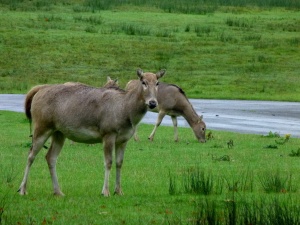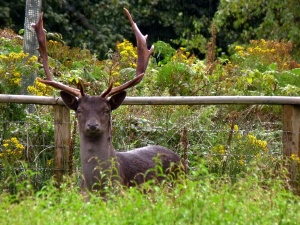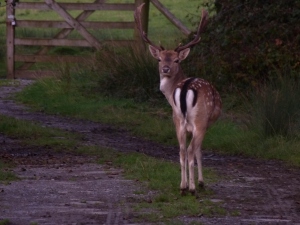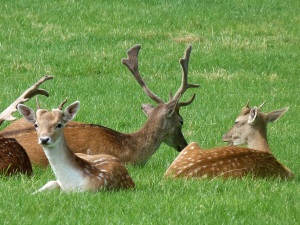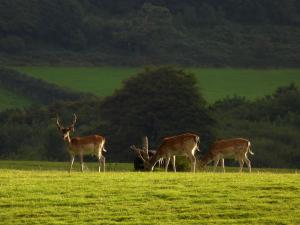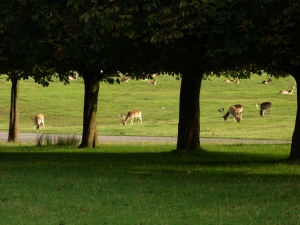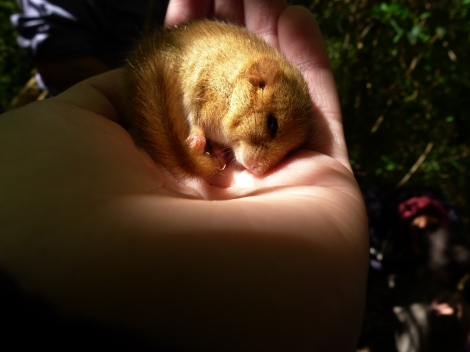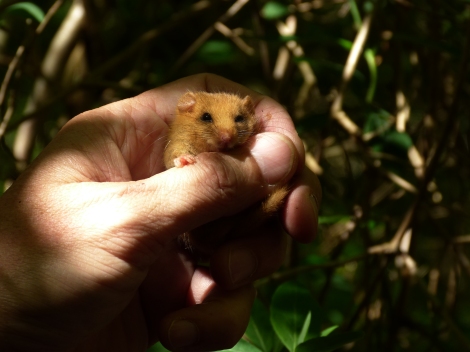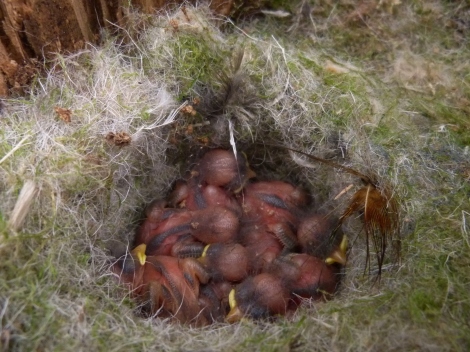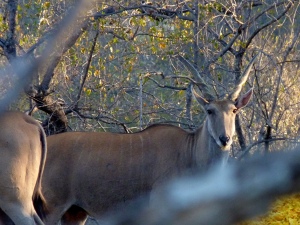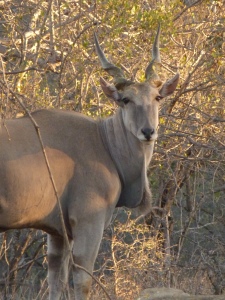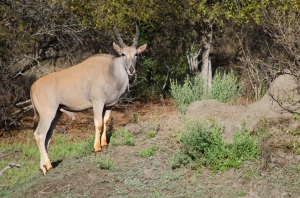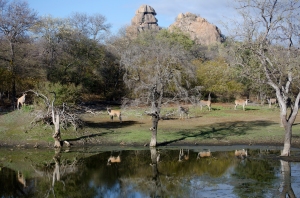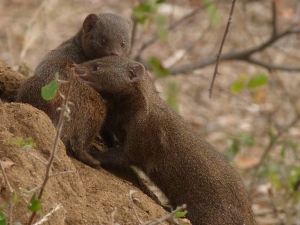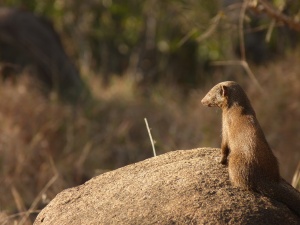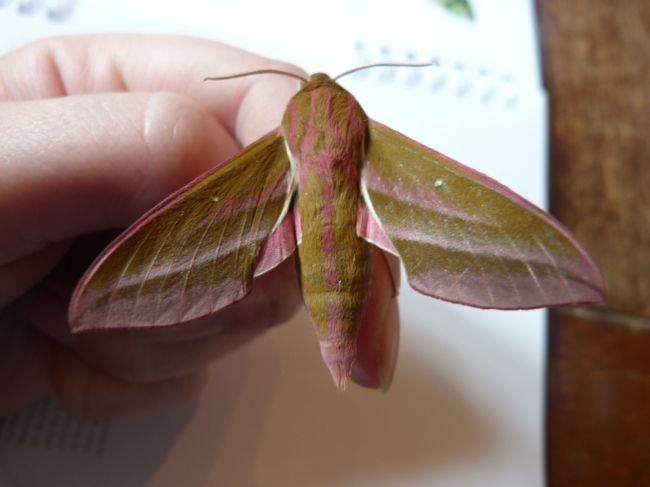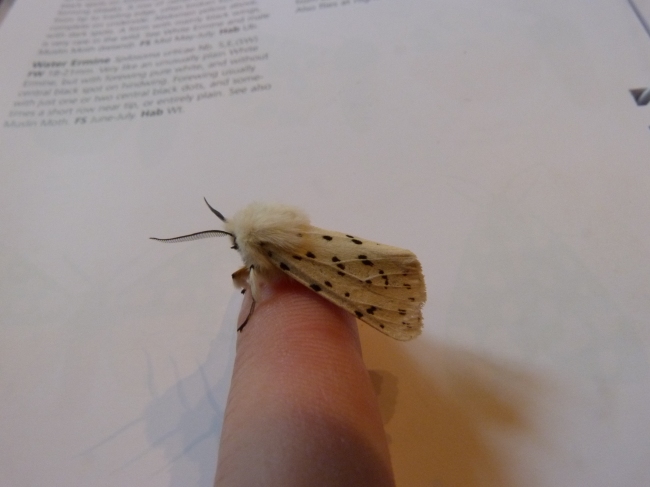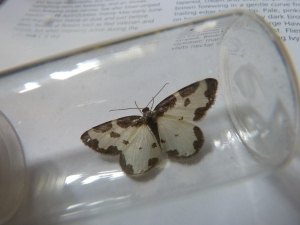UK Species Profile: Fallow Deer, as voted winner!
If you took part in the species profile poll last month, you may have seen that the winner was the Fallow Deer whose scientific name I absolutely love – Dama dama. I was fortunate enough to work within, and live on the edge of, an amazing country park that was home to three different species of deer – Fallow, Red and a Chinese species, the Pere David’s (listed as Extinct in the Wild, a very interesting species to read about, but not now).
The Fallow Deer are such a recognisable deer species – well, when they have their antlers … and if they have the spotted coat, otherwise there are possibilities of confusion if you’ve not read up on your deer identification.
If you’re new to deer identification, I’ll take you through the main features.
- Antlers (males aka bucks only) – unique for a British species, they are palmate with a flattened section, rather than the typical branched antlers that you’d associate with deer (i.e. think of Red Deer and their antlers).
- Coat – the most common and associated pattern is the tan colour with white spots and three colours (tan, pale tan and then white on the belly), but other varieties include a paler version (Menil), black, white (these are not actually albinos, it’s a true coat colouration).
- Bum (rump) – from the back, this deer has got a white backside which is bordered with black, and black down the tail so that a ‘M’ is formed.
Fallow Deer are actually native to south-west Asia, but were introduced to Britain by the Normans around 1100AD and it is now the most common deer here. It is now a naturalised species, and not considered as an invasive threat (basically, it’s been here so long that we’re just like: yeh, you guys are ok here).
These deer stand at a decent height – between 50-120cm, which is a measurement of their shoulder height (i.e. not the neck, head and antlers!). As mentioned previously, they have unique antlers in the UK, which are called palmate (compared to the usual branched). The bucks grow their antlers over summer to reach full growth by autumn, when they are used as weapons during the rut (fighting between the males for the females). Whilst growing, they are covered in a lovely furry skin called velvet, which dries and peels off in autumn. The antlers are then shed in spring, where they may then be gnawed and nibbled on by other animals, and the deer themselves, as they provide an excellent source of calcium. Younger males take a few years til they develop a fully grown set of antlers.
In terms of behaviour, the rutting is probably the most interesting to watch. Occurring in October, when the bucks are full of testosterone and the does (females) are available for the taking. There is plenty of fighting as the bucks defend territory and the does they’ve attracted. The bucks groan loudly and parallel walk to each other, sizing each other up, after which they may then fight.
The behaviour varies slightly with fallow deer depending on both the environment and the population density. Individual bucks may defend a particular area (rutting stand) which is attractive to the does, so one buck has a harem of females. Or the bucks may seek out receptive does where they are in low density areas. High buck densities may result in leks where a couple of bucks share the harem.
Females are polyoestrous – this means that if they do not conceive / become impregnated when they first come into season, they will come into season repeatedly. This means that fawns will occasionally be born as late as September (compared to the usual June-July). After a gestation (pregnancy) period of 234 days, the fawns are born in June-July, and are weaned by the next rut.
I don’t want to go on and on about Fallow Deer so I shall begin to round up the information. I had a fab time during my year in the country park (FYI: Margam Country Park in south Wales, very beautiful place). Mostly because I was generally loving my placement with the Field Studies Council, but I was also seeing deer everyday and that’s always going to cheer someone up (as well as the friendly ginger piglets on the farm, oh so cute!). One of my favourite parts of the week was a nature walk with KS2 school groups – we would always see the deer and it was great to see the kids’ reactions to such beautiful animals, and to help them learn more about the animals.
Some other interesting facts I’ve come across:
- They can get quite old: 8-10 years (though 16 years can be reached by the females).
- This deer species is often considered a serious pest, usually in commercial forestry, and are also a common cause of road accidents. They are often culled in some areas (particularly southern Britain) and their meat is sold for consumption (venison).
- The sexes normally live separately for most of the year, only coming together for the breeding season.
- Young males who are yearlings are called prickets.
- It seems that I only have decent photos of the male deer!
References

